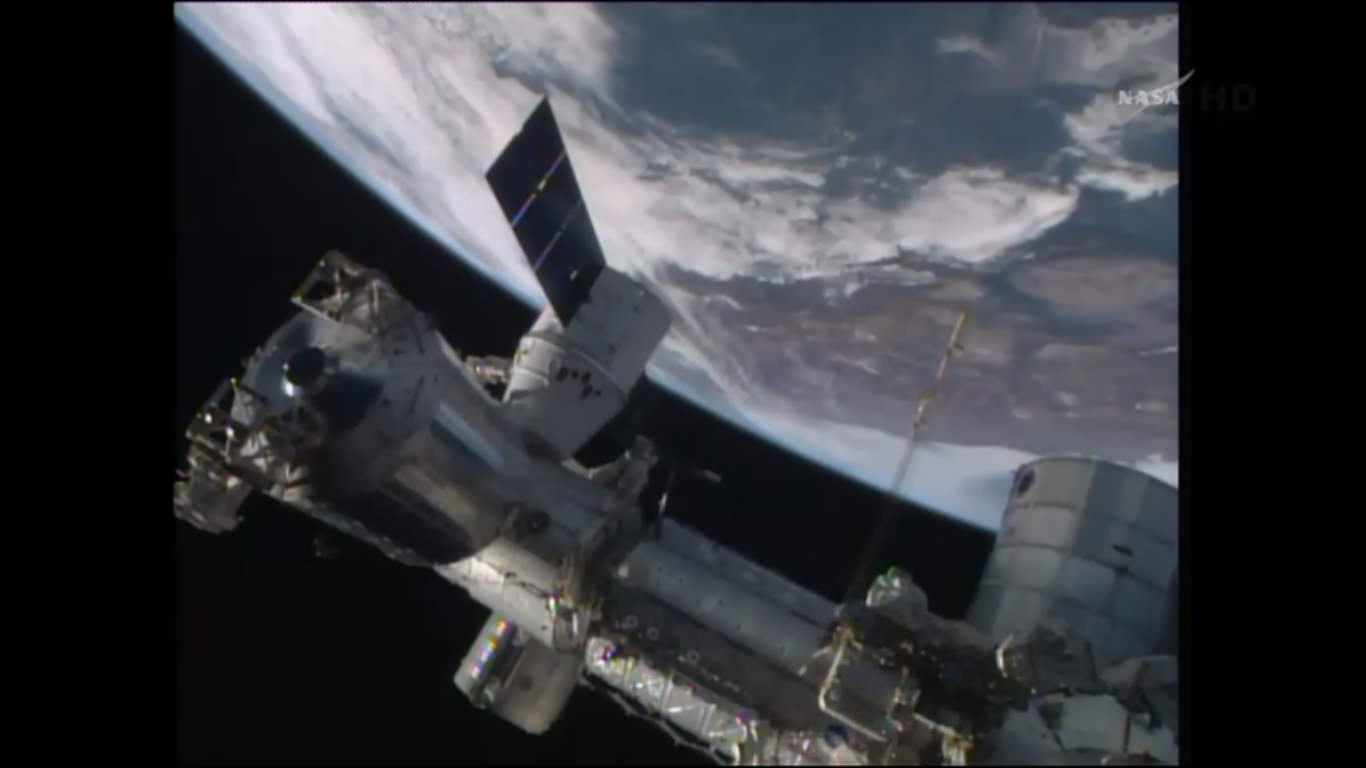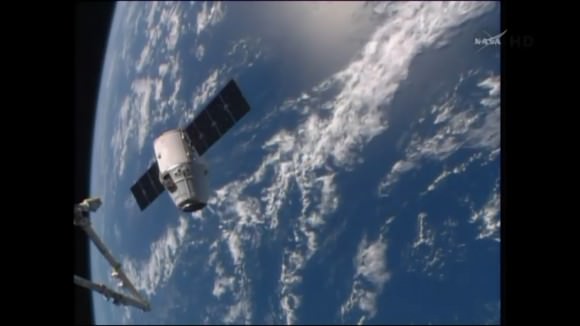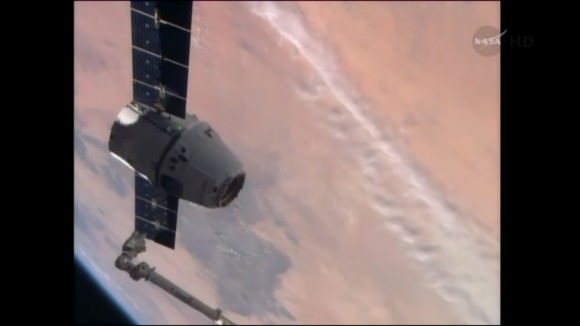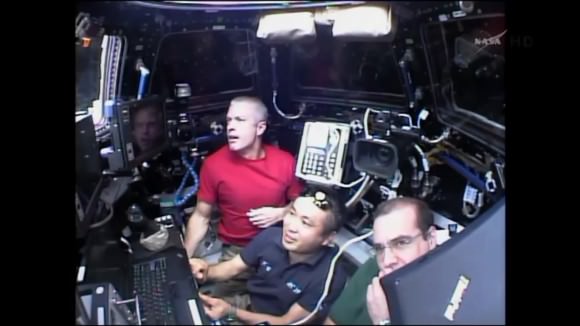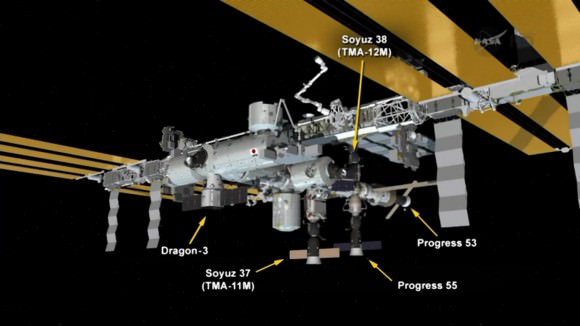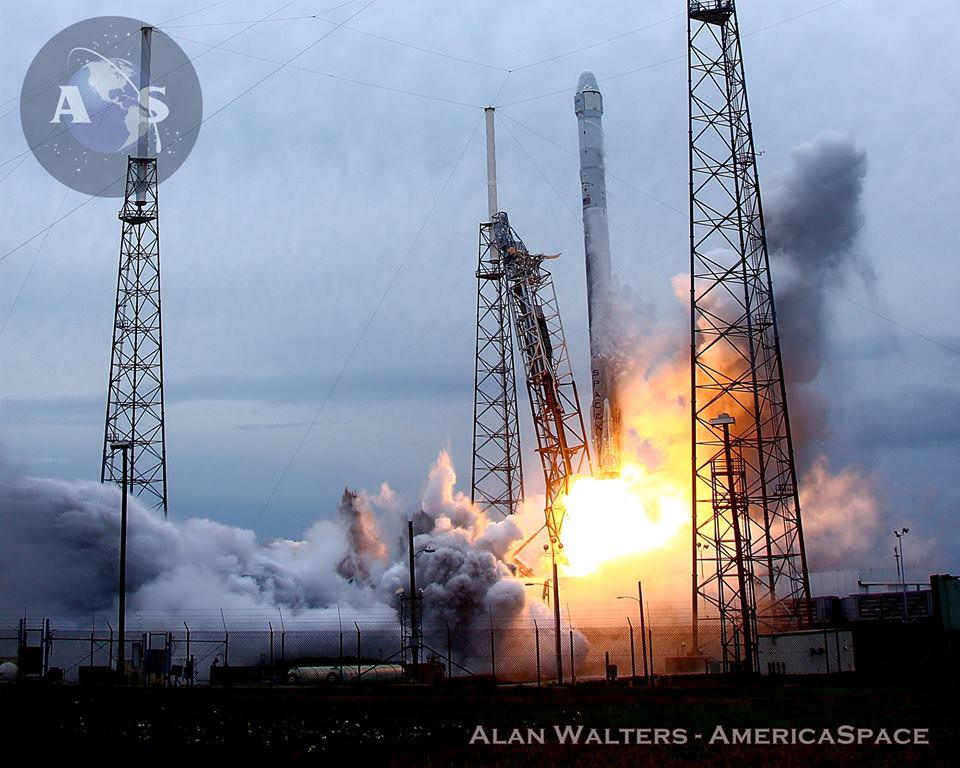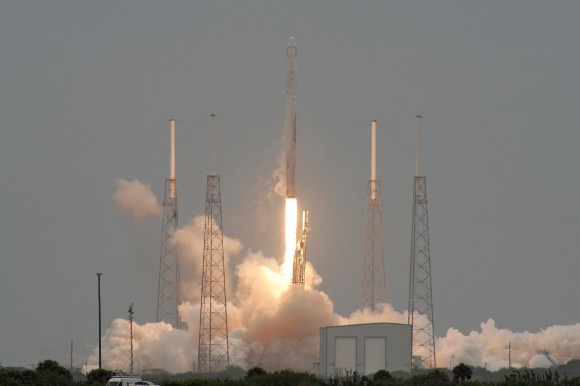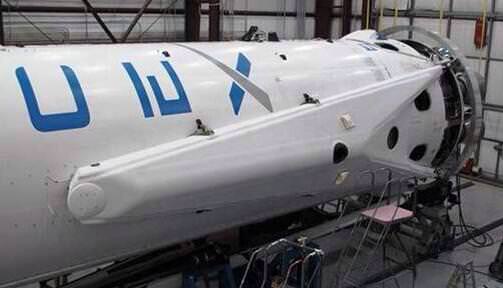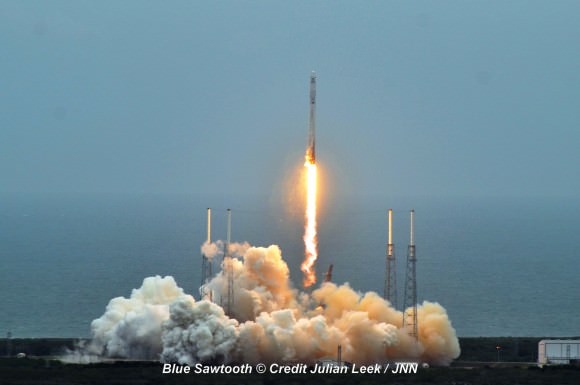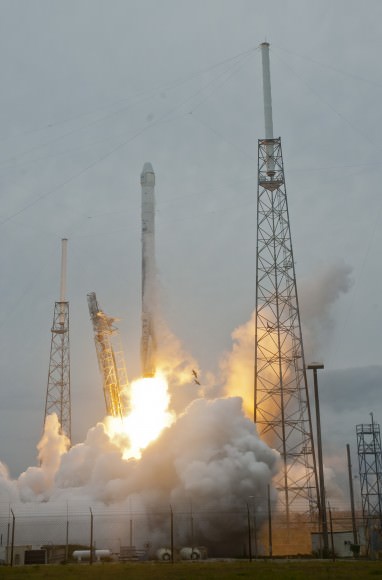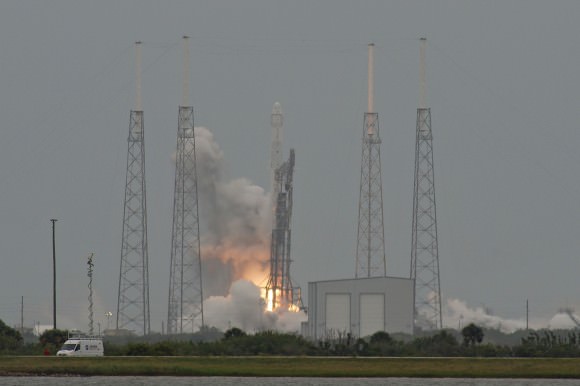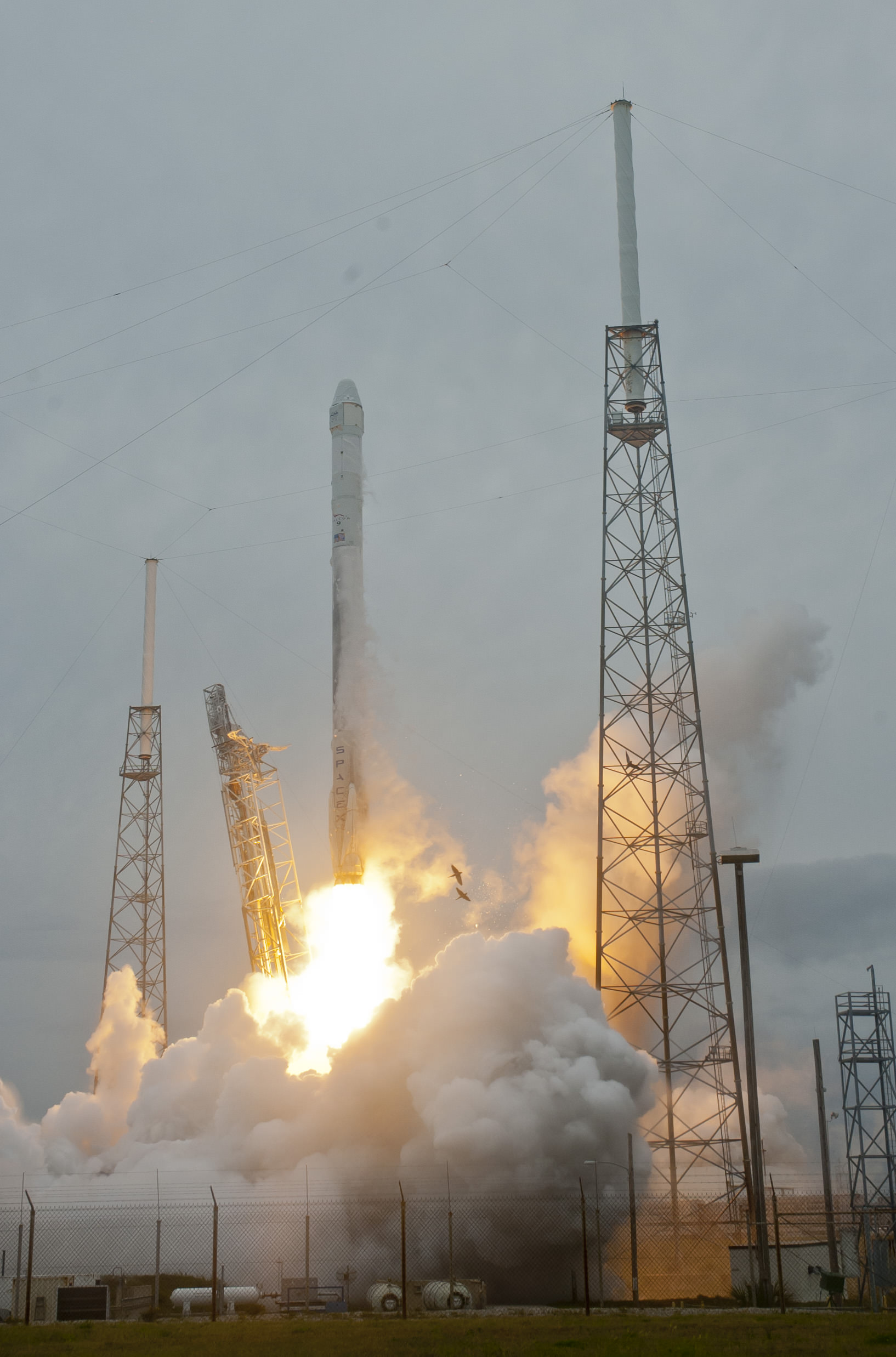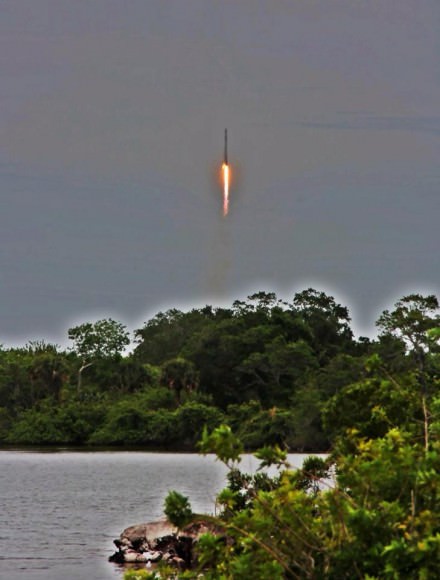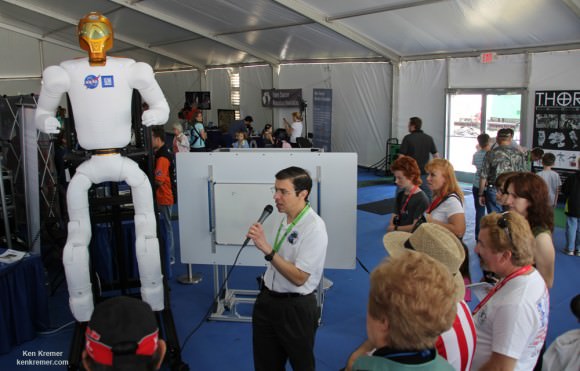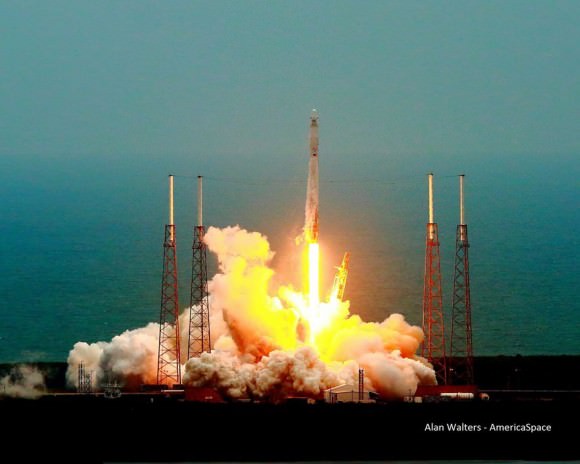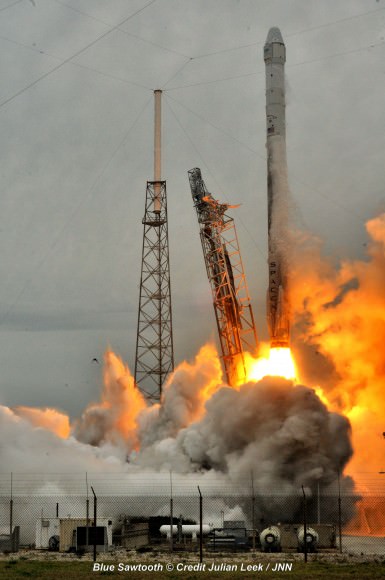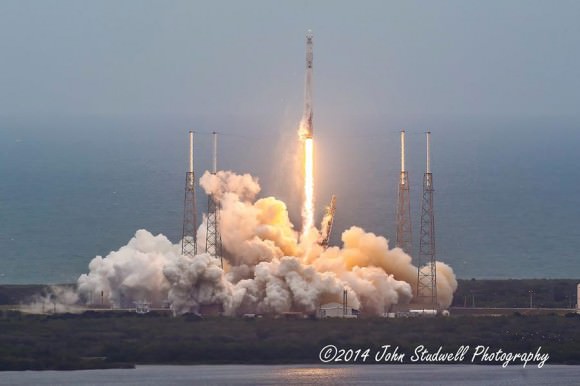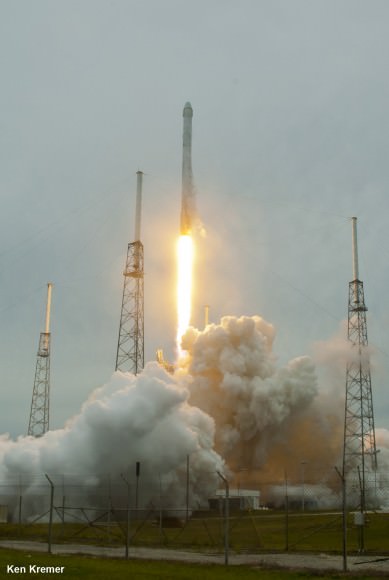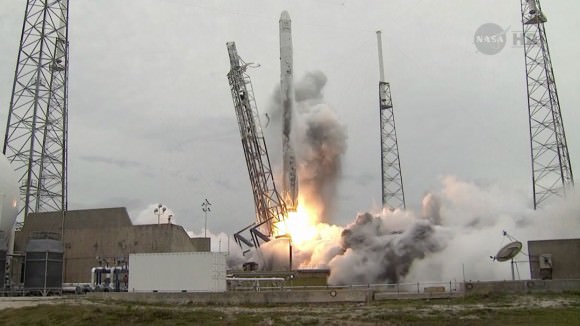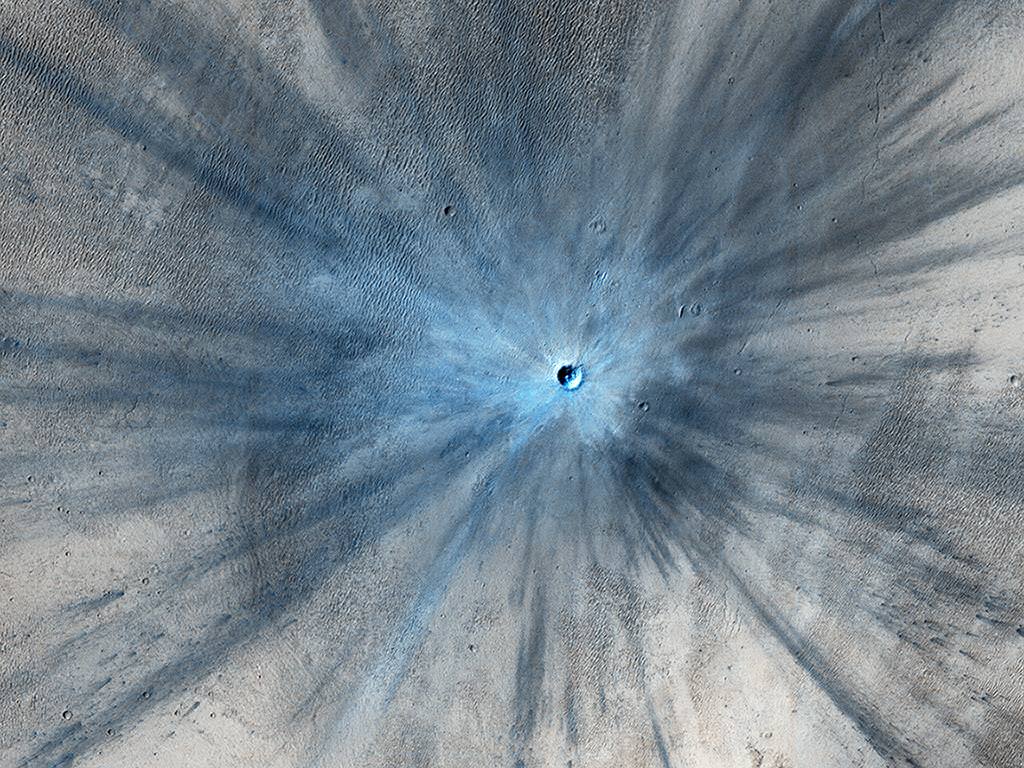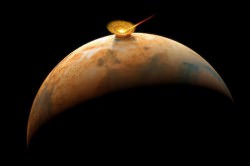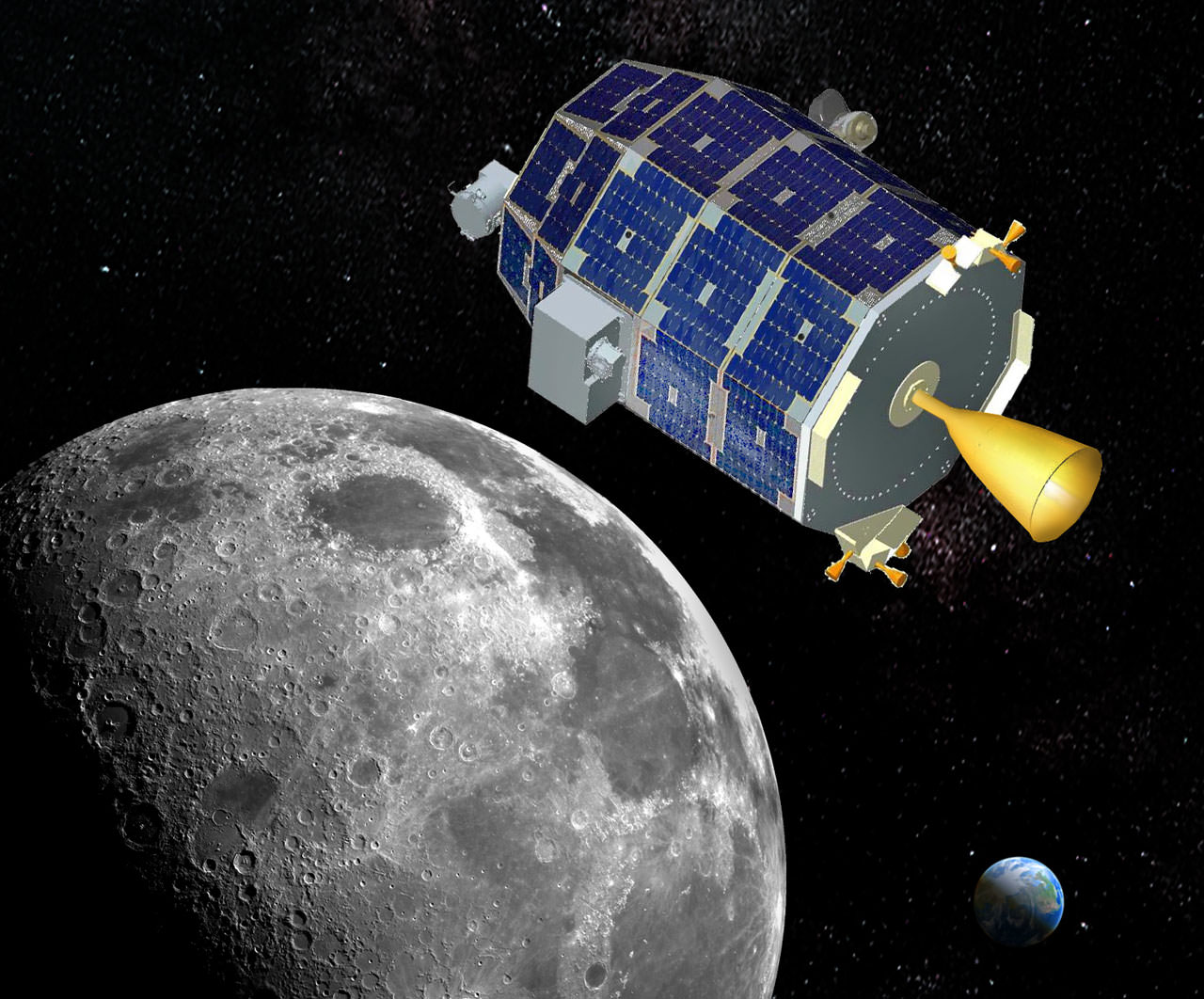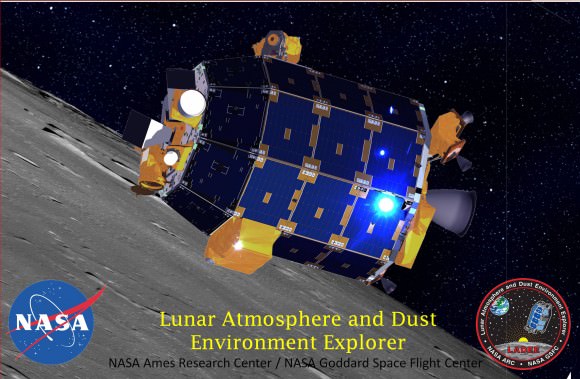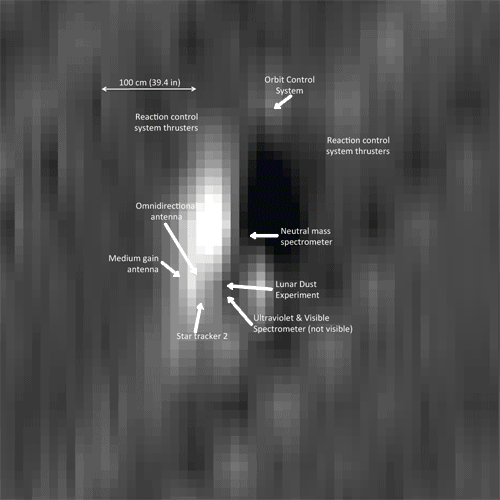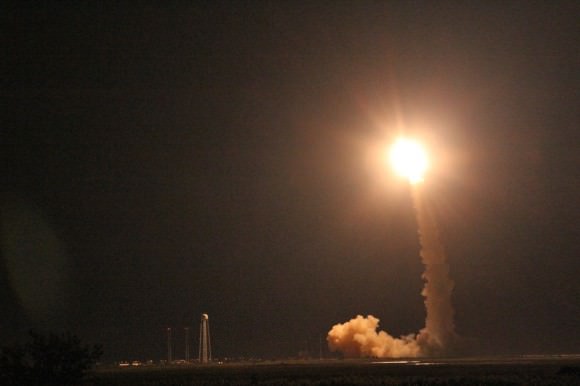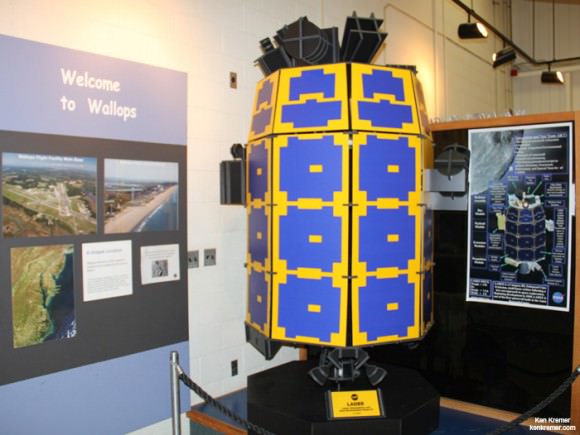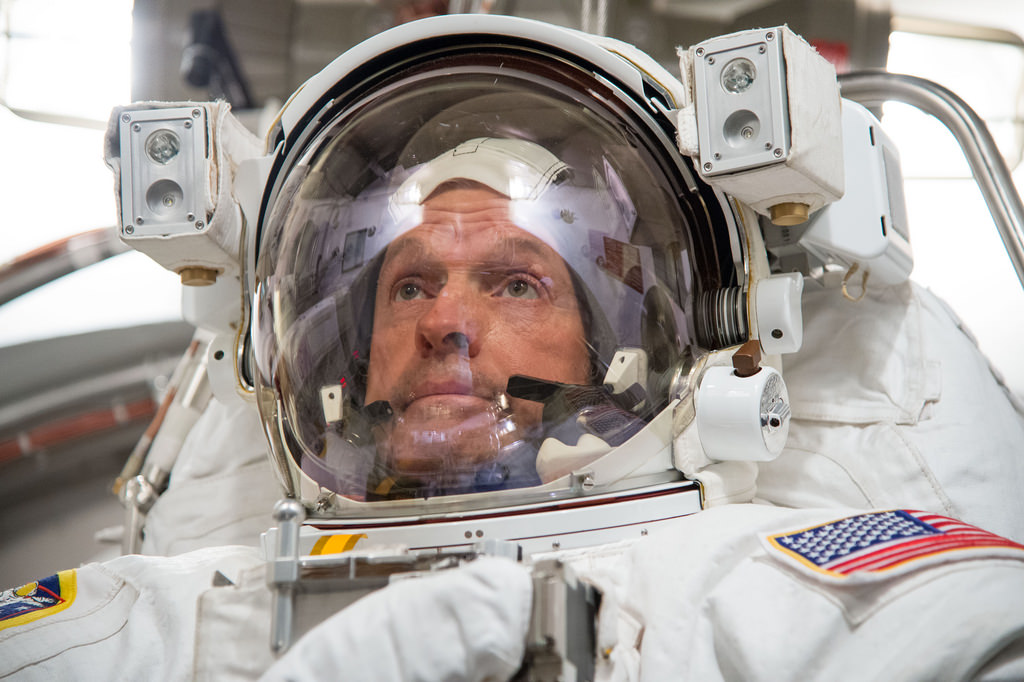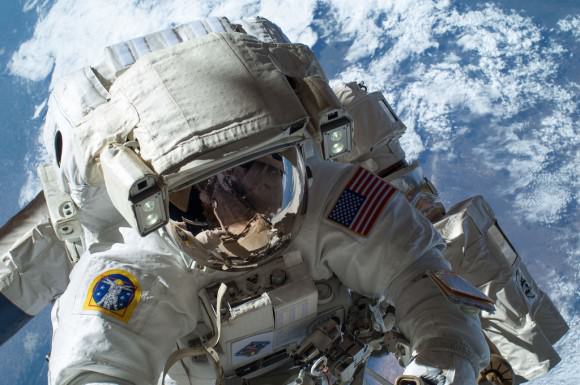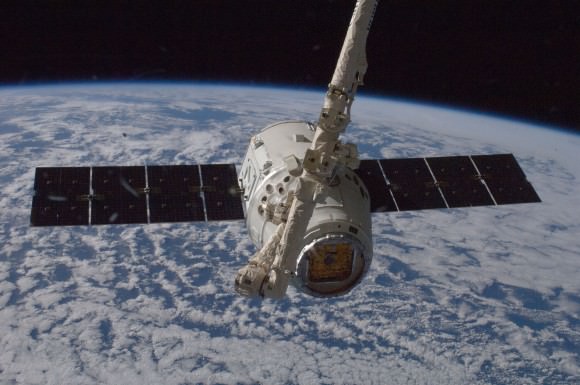If you’re interested in planets, the good news is there’s plenty of variety to choose from in our own Solar System. From the ringed beauty of Saturn, to the massive hulk of Jupiter, to the lead-melting temperatures on Venus, each planet in our solar system is unique — with its own environment and own story to tell about the history of our Solar System.
What also is amazing is the sheer size difference of planets. While humans think of Earth as a large planet, in reality it is dwarfed by the massive gas giants lurking at the outer edges of our Solar System. This article explores the planets in order of size, with a bit of context as to how they got that way.
A Short History of the Solar System:
No human was around 4.5 billion years ago when the Solar System was formed, so what we know about its birth comes from several sources: examining rocks on Earth and other places, looking at other solar systems in formation and doing computer models, among other methods. As more information comes in, some of our theories of the Solar System must change to suit the new evidence.
Today, scientists believe the Solar System began with a spinning gas and dust cloud. Gravitational attraction at its center eventually collapsed to form the Sun. Some theories say that the young Sun’s energy began pushing the lighter particles of gas away, while larger, more solid particles such as dust remained closer in.
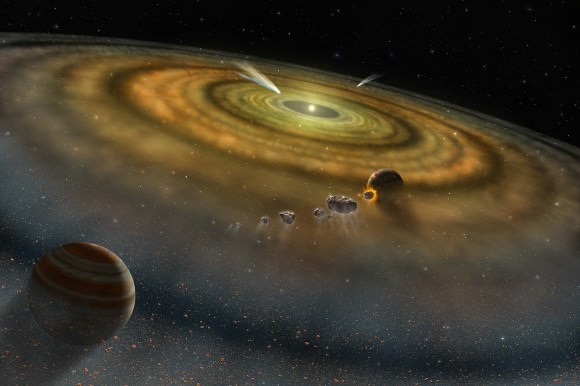
Over millions and millions of years, the gas and dust particles became attracted to each other by their mutual gravities and began to combine or crash. As larger balls of matter formed, they swept the smaller particles away and eventually cleared their orbits. That led to the birth of Earth and the other eight planets in our Solar System. Since much of the gas ended up in the outer parts of the system, this may explain why there are gas giants — although this presumption may not be true for other solar systems discovered in the universe.
Until the 1990s, scientists only knew of planets in our own Solar System and at that point accepted there were nine planets. As telescope technology improved, however, two things happened. Scientists discovered exoplanets, or planets that are outside of our solar system. This began with finding massive planets many times larger than Jupiter, and then eventually finding planets that are rocky — even a few that are close to Earth’s size itself.
The other change was finding worlds similar to Pluto, then considered the Solar System’s furthest planet, far out in our own Solar System. At first astronomers began treating these new worlds like planets, but as more information came in, the International Astronomical Union held a meeting to better figure out the definition.

The result was redefining Pluto and worlds like it as a dwarf planet. This is the current IAU planet definition:
“A celestial body that (a) is in orbit around the Sun, (b) has sufficient mass for its self-gravity to overcome rigid body forces so that it assumes a hydrostatic equilibrium (nearly round) shape, and (c) has cleared the neighborhood around its orbit.”
Size of the Eight Planets:
According to NASA, this is the estimated radii of the eight planets in our solar system, in order of size. We also have included the radii sizes relative to Earth to help you picture them better.
- Jupiter (69,911 km / 43,441 miles) – 1,120% the size of Earth
- Saturn (58,232 km / 36,184 miles) – 945% the size of Earth
- Uranus (25,362 km / 15,759 miles) – 400% the size of Earth
- Neptune (24,622 km / 15,299 miles) – 388% the size of Earth
- Earth (6,371 km / 3,959 miles)
- Venus (6,052 km / 3,761 miles) – 95% the size of Earth
- Mars (3,390 km / 2,460 miles) – 53% the size of Earth
- Mercury (2,440 km / 1,516 miles) – 38% the size of Earth

Jupiter is the behemoth of the Solar System and is believed to be responsible for influencing the path of smaller objects that drift by its massive bulk. Sometimes it will send comets or asteroids into the inner solar system, and sometimes it will divert those away.
Saturn, most famous for its rings, also hosts dozens of moons — including Titan, which has its own atmosphere. Joining it in the outer solar system are Uranus and Neptune, which both have atmospheres of hydrogen, helium and methane. Uranus also rotates opposite to other planets in the solar system.
The inner planets include Venus (once considered Earth’s twin, at least until its hot surface was discovered); Mars (a planet where liquid water could have flowed in the past); Mercury (which despite being close to the sun, has ice at its poles) and Earth, the only planet known so far to have life.
To learn more about the Solar System, check out these resources:
Planets (NASA)
Solar System (USGS)
Exploring the Planets (National Air and Space Museum)
Windows to the Universe (National Earth Science Teachers Association)
Solar System (National Geographic, requires free registration)


